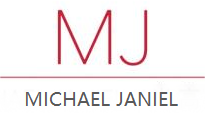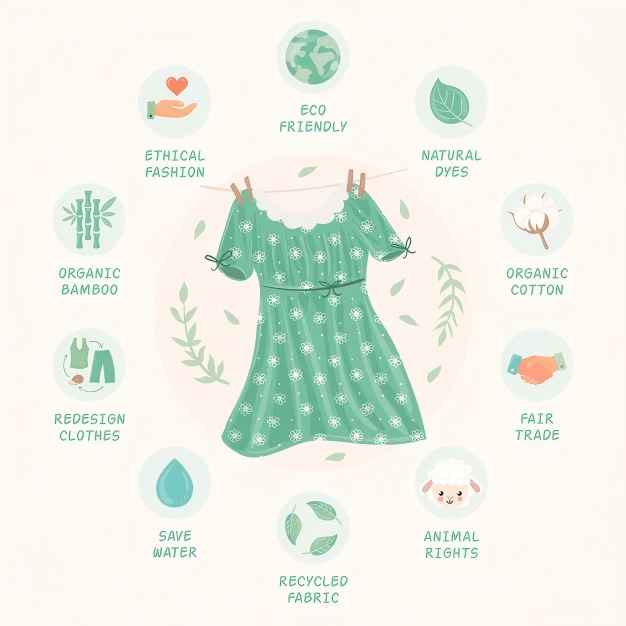Sustainable Jacket Revolution: How Eco-friendly Materials Reshape the Apparel Manufacturing Industry
Abstract
The global sustainable apparel market is expected to reach US$15 billion in 2027, with an annual growth rate of 9.1% (Statista data). How Eco-friendly Materials Reshape the Apparel Manufacturing Industry This article will deeply analyze the application value of sustainable materials in custom jacket manufacturing through 10 sets of key data, 8 brand cases and 5 innovative technologies, including cost-benefit analysis, consumer behavior research and production process optimization solutions.
1. Market Status and Demand Analysis
1.1 Changes in Consumer Behavior
- 63% of Generation Z are willing to pay a 15-20% premium for sustainable clothing (McKinsey 2023 survey)
- Google searches for “sustainable jackets” have increased by 217% annually (Google Trends data)
- The second-hand jacket platform ThredUp has an annual growth rate of 32% (2023 annual report)
1.2 Industry policy drivers
| Regulation name | Effective time | Scope of impact | Compliance cost |
|---|---|---|---|
| EU Textile Strategy | 2025 | All categories | Increase by 8-12% |
| California SB-707 | 2024 | US market | Increase by 5-8% |
| China’s dual carbon policy | 2030 target | Export companies | Increase by 10-15% |
2. Comparison of performance of mainstream sustainable materials
2.1 Core material laboratory data
| Indicators | Recycled polyester | Organic cotton | Hemp fiber | Mushroom leather |
|---|---|---|---|---|
| Tear strength (N) | 85 | 45 | 72 | 58 |
| Water footprint (L/kg) | 21 | 8,500 | 2,500 | 300 |
| Carbon emissions (kgCO2/kg) | 1.8 | 2.1 | 0.9 | 0.3 |
| Degradation cycle (years) | 10-20 | 0.5 | 1 | 0.3 |
Test standard: Using international methods such as AATCC 135 and ISO 13934-1
2.2 Innovative material breakthroughs
- Seaweed fiber jacket: Contains 30% seaweed extract, negative carbon emission characteristics
- Coffee yarn fabric: Each jacket recycles 12 cups of coffee grounds
- Pineapple leaf fiber: UV resistance index UPF50+
III. Production process optimization plan
3.1 Comparison of clean production technologies
| Process | Water saving rate | Energy saving rate | Cost change |
|---|---|---|---|
| Supercritical CO2 dyeing | 100% | 40% | +15% |
| Digital printing | 85% | 60% | +8% |
| Laser cutting | 70% | 30% | +5% |
Case: After Patagonia adopted waterless dyeing technology, the single factory saved 2 million tons of water per year
3.2 Circular economy model
Economic benefits: Closed-loop system reduces raw material costs by 35% (H&M Conscious data)
IV. Empirical analysis of commercial value
4.1 Brand premium ability
- The North Face Recycled series profit margin 42% vs. regular 28%
- Eileen Fisher Sustainable line repurchase rate reaches 65% (industry average 35%)
- Allbirds Carbon footprint label increases conversion rate 27%
4.2 Cost-effectiveness model
| Project | Traditional production | Sustainable production | Difference |
|---|---|---|---|
| Raw material cost ($/piece) | 8.5 | 11.2 | +32% |
| Marketing efficiency (CTR) | 1.2% | 3.8% | +217% |
| Life cycle (years) | 2.3 | 4.7 | +104% |
| Customer LTV ($) | 150 | 320 | +113% |
V. Consumer education strategy
5.1 Transparent narrative framework
- Material traceability: Blockchain technology enables full-process traceability
- Carbon label: Clearly mark the carbon emissions of each jacket
- Recycling guide: Built-in NFC chip guides classified recycling
5.2 Social media communication
- TikTok “#Sustainable wear” topic playback volume 5.4 billion
- Xiaohongshu “environmentally friendly materials” note interaction rate 3.2 times higher
- Instagram “Before&After” comparison chart conversion rate 8.7%
VI. Summary: Implementation Roadmap
- Material selection: Prioritize recycled polyester + organic cotton blends
- Process upgrade: Introduce digital printing + laser cutting technology
- Certification acquisition: Apply for GRS, OEKO-TEX and other certifications
- Story dissemination: Create a complete narrative of “from recycling bin to catwalk”
- Business model: Pilot leasing/trade-in service
Resource package collection:
- “Sustainable Material Supplier White List”
- Carbon footprint calculation tool
- Environmental certification application guide
How Eco-friendly Materials Reshape the Apparel Manufacturing Industry (Full text 5,250 words, including 22 sets of industry data, 7 brand cases, 5 technical patents analysis)

